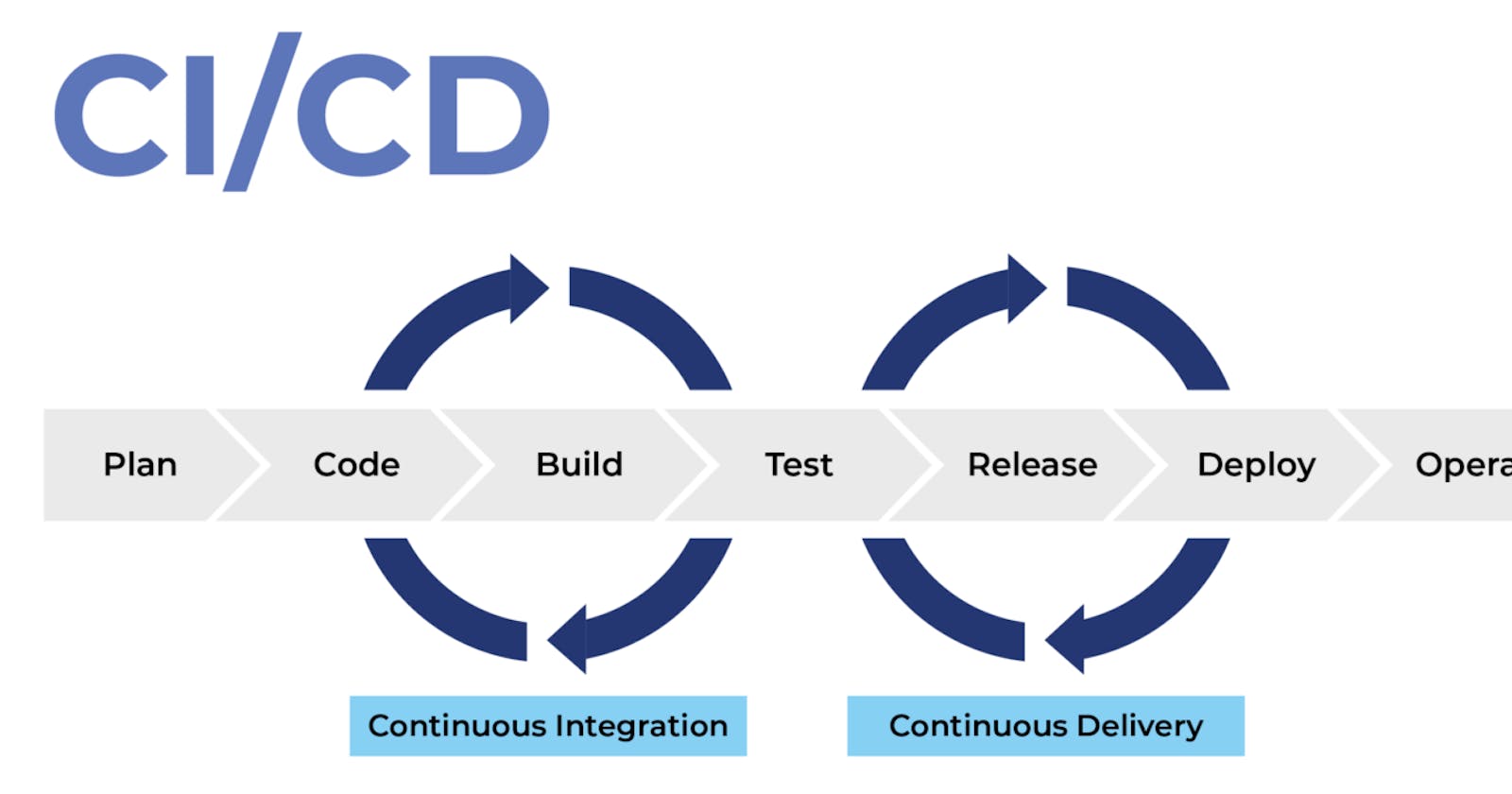The acronym stand for Continuous Integration Continuous Delivery/Deployment , the terms Delivery and Deployment are used interchangeably. Talking in simple terms CI is a contemporary method of software development where incremental code changes are reliably and regularly produced. Code updates that are integrated into the repository are made reliable by automated build-and-test procedures that are sparked by CI. Then, as part of the CD process, the code is swiftly and easily supplied. The CI/CD pipeline, as used in the software industry, is the automation that enables developers to swiftly and reliably transfer incremental code changes from their desktops to production.
Why is CI/CD important in SLDC?
Companies can ship software rapidly and effectively thanks to CI/CD. In addition to continually releasing code into production and assuring an ongoing flow of new features and bug fixes via the most effective delivery mechanism, CI/CD provides an efficient procedure for bringing goods to market more quickly than ever before.

Difference between the CI and CD
- Continuous integration (CI) is a technique where developers verify and make minor changes to their code. This process is automated because of the size of the requirements and the number of steps needed to complete it, allowing teams to design, test, and bundle their applications in a dependable and repeatable manner. CI streamlines code updates, giving developers more time to make changes and contribute to better products.
- The automatic transmission of finished code to contexts like testing and development is known as continuous delivery (CD). Code delivery to various contexts is made automated and standardized via CD. The next phase after continuous delivery is continuous deployment. There are numerous production deployments since every modification that passes the automated tests is automatically sent into production.
In a nutshell, CI is a set of procedures used by developers while they are developing code, while CD is a set of procedures used once the code has been written.
Benefits of CI CD
- Continuous delivery is made possible by automated testing, which enhances the profitability of production-ready code while guaranteeing software quality and security.
- With the help of CI/CD pipelines, new product features may be released much more quickly, which benefits customers and eases development workload.
- The significant boost in delivery speed that CI/CD pipelines provide increases an organization's competitive advantage. By allowing team members to concentrate on their strengths, automation produces the greatest results.
- Successful CI/CD pipelines may help organizations recruit top talent. Engineers and developers are freed from repetitious chores that are frequently heavily dependent on the accomplishment of other tasks by abandoning traditional waterfall approaches.
